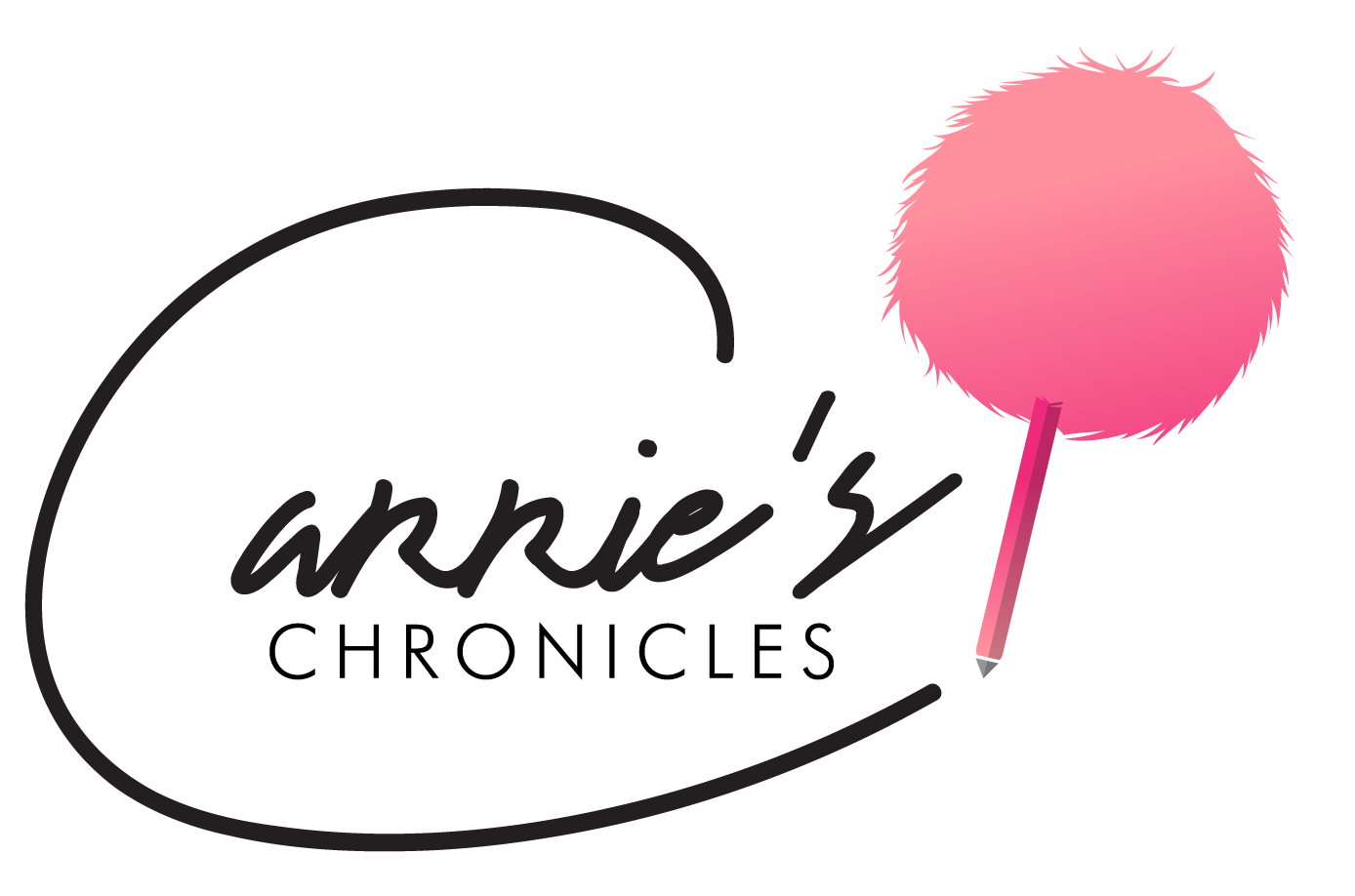Getting Back on Track After Injury: Six Tips for Exercise Recovery
Incorporating regular physical activity into your routine keeps you fit, healthy, and happy—however, injuries may occur if you push your body too far. Any form of exercise—including sports, gym time or at-home cardio—has the potential to strain your muscles, which is why it’s crucial to lay out a clear road to recovery ahead of time. Consider some of the factors below to relieve pain—your body will thank you later.
Plenty of Rest
Whether you suffer from strained muscles or shin splints, your body needs a chance to relax and recover. If you’re an active person, taking a step back and putting your feet up may be difficult to handle; however, when it comes to speeding up the healing process, you need to factor in plenty of rest. Getting your body back to its optimal state requires you to recover both physically and psychologically, so try and take things easy and remember that the wound is only temporary. Use your time off to indulge in self-care and get more sleep, which your body will require to heal faster.
Hot or Cold Therapy
When you suffer an injury, using ice is one of the best ways to decrease swelling and prevent inflammation. Try and apply the ice as quickly as possible, as it can decrease bleeding into the tissues and stop muscle pain and spasms. Heat therapy can be beneficial for injuries as well, as it promotes blood flow and dilates blood vessels. If you have a back injury, heat therapy can boost circulation and allow oxygen and nutrients to travel to your muscles and joints.
Assess Your Mobility
If you have a leg injury, assess your mobility and don’t push yourself too far if you’re in pain. If you put pressure on your legs and feet, you run the risk of doing more harm than good to the body. More serious injuries may require a cane or wheelchair to get you from point A to B for the time being. If you want an aid that will keep you supported while still providing a sense of independence and mobility, try adopting a power wheelchair.
Physical Therapy
Seeing a licensed health care specialist can help restrengthen muscles and joints so that you feel stable on your feet again. Physical therapists will track your progress and give you strategies to manage pain, as well as provide you with exercises to complete at home to expedite treatment.
Eat Right
Instead of using your rest time to indulge in fatty foods, stick to eating high-protein meals, alongside fruits, vegetables and omega-3 fatty acids. Following a balanced diet will speed up the healing process and support muscle and tissue reparation. Consuming foods that are high in zinc, in particular, can mend wounded tissue, including nuts, dairy, eggs and dark chocolate.
Accept Help and Support
There’s no shame in asking for help and support while recovering from your injury. Indeed, chances are your family and friends will be more than willing to assist you in getting back to your old self. Reach out to your loved ones and make your needs clear, whether it’s carrying in groceries or completing household chores. Knowing you have people you can rely on can make all the difference and reduce stress levels as you navigate your rehabilitation.
Additional reporting by Joniel Suezo.


